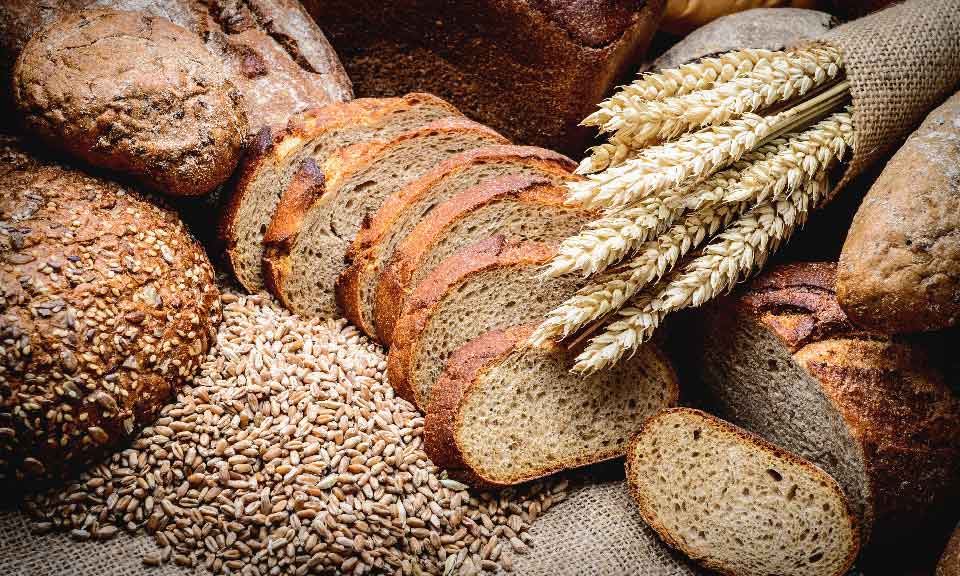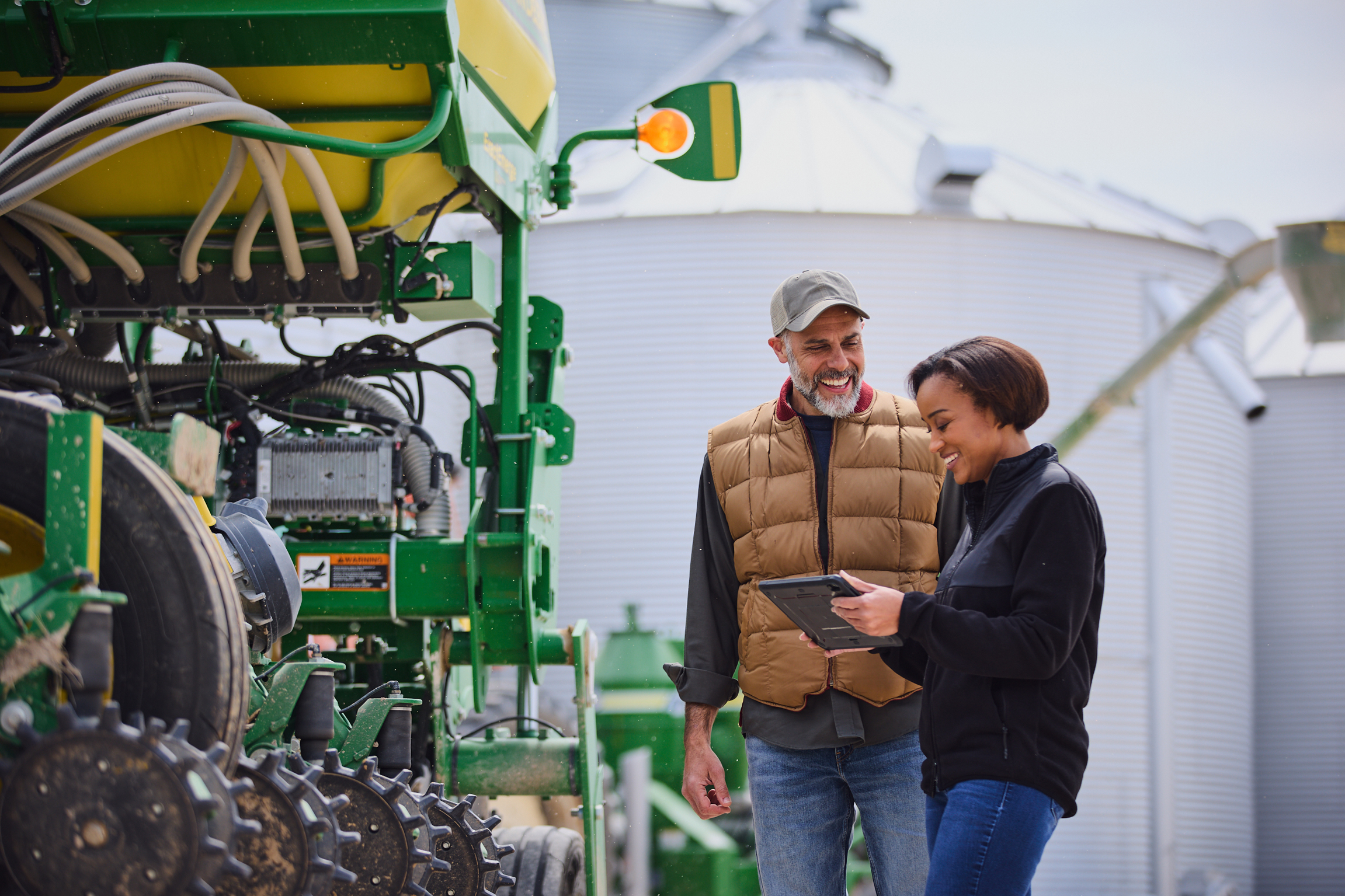Russia's bumper wheat exports may be capped as large vessels shun Black Sea ports

As the global leaders fret about food inflation, Russia is preparing to reap one of its largest-ever wheat crops, but the country is likely to show a sharp year-on-year fall in shipments for the first two months of the marketing year as larger vessels avoid the country's Black Sea ports, according to traders.
"The surplus is there, the bottleneck is execution," one trader said.
"July to August [will be] rather modest shipment months in comparison with the potentially great crop," said Russian agriculture consultancy IKAR, putting Russia's 2022 crop at 87 million mt, of which 41 million mt would be available for export.
To achieve the export potential assessed by IKAR, Russia would need to export an average of 3.4 million mt a month, but three market participants told S&P Global Commodity Insights that it's unlikely for Russian exporters to ship more than 3 million mt a month.
For comparison, Russia produced 75 million mt in the 2021-22 marketing year (July-June), with exports totaling 33 million mt, according to the US Department of Agriculture's most recent report. However, Russia's grains exports tend to be concentrated at the start of the marketing year and they have sometimes exceeded 5 million mt/month.
"Russia has failed to do more than 3 million mt per month over the last three months [March to June] mainly due to freight shortages out of Russia, [issued with] credit lines and payments ... what's different for July to August?" a second trader asked. "July to August export availability is way less than the [upcoming] demand ... the market will realize it in next 15 days."
The country will account for 18% of globally traded wheat in 2022-23, according to the USDA. In the department's estimates, that would partly compensate for a 9 million mt year-on-year decline in wheat exports from Ukraine, where deep sea ports have been closed since Russia's invasion began in end-February.
Russia's challenges were evident in the most recent tender by GASC, Egypt's state grains board, which was the first of the 2022-23 marketing year. GASC, which is one of the world's largest wheat buyers, received 16 offers, but just three from Russia. It accepted eight offers – totaling 465,000 mt of wheat – including all of the Russian ones.
Wheat is typically sold to GASC in 60,000 mt parcels on an FOB basis, with the board holding a separate tender for the freight. However, the Russian wheat offered in this tender was offered on a delivered basis, highlighting the reluctance of many shipowners to visit Russian ports.
This reluctance is greatest among the owners of Panamaxes, and their larger ships are preferred for the longer routes. "Handy and supra are feasible at a premium ... for everything Panamax, they will be struggling," the first trader said.

News
Bayer AG has announced the pilot of an expert generative AI (GenAI) system that “quickly and accurately” answers questions related to agronomy, farm management and Bayer agricultural products. The pilot has been developed in collaboration with Microsoft as leading technology partner and Ernst & Young (EY) as an industry partner, the company said. The system is the result of Bayer using proprietary agronomic data to train a large language model (LLM) with years of internal data, insights from thousands of trials within its vast testing network and centuries of aggregated experience from Bayer agronomists around the world, the company said. “Our unique GenAI system has the potential to serve agronomists and benefit farmers all over the world, further advancing AI as an indispensable technology for agriculture,” said Amanda McClerren, CIO and head of digital transformation & information technology for Bayer’s crop science division. Bayer said it is exploring ways to integrate the expert GenAI system into its digital offerings, and the company anticipates broad opportunities for collaboration with other agricultural offerings and partners. “Bayer aims to expand the pilot of the expert GenAI system to selected agronomists and potentially farmers as early as this year, while continuing to advance a separate GenAI prototype allowing users to directly query their own farm data,” the company said. In addition, the partnership between Bayer and Microsoft enables the company to bring ready-made capabilities, AgPowered Services, to the agri-food industry, such as Bayer’s Historical Weather that brings a comprehensive weather dataset to Azure Data Manager for Agriculture that spans the last 40 years and provides detailed, field-level weather insights across global agricultural regions, the company said. Integrating tools from IBM, including from the IBM Environmental Intelligence Suite, the new capability, which was previously available for internal use only, can inform weather risk assessments and actuary processes, Bayer said. It will also be used by Bayer and others to forecast crop seasonality and production changes year over year, as well as train agronomic models, it said. Meanwhile, Bayer is developing a connector that enables access to irrigation data from Lindsay Corp., an industry-leading irrigation solution provider. This expands the data types available to Azure Data Manager's enterprise customers, making it possible for them to connect to irrigation data in the same way as weather, imagery, original equipment manufacturer (OEM) and other data types, the company said. The new cloud offerings will also support regulatory and sustainability reporting, such as providing supply chain traceability that can help ensure compliance with new laws such as the EU Deforestation Regulation, which is expected to go into effect at the end of 2024, Bayer said. This article was first published in chemweek.com. Photo credit: Bayer

News
Asia has seen the fastest growth in biofuels production and exports globally, driven by government policies and export markets for feedstocks. To capitalize on the boom, governments have rapidly pushed out biofuel mandates focused around their country’s main agricultural products. Presently, the largest biofuel producers in the region are China, India, Indonesia, Malaysia, the Philippines and Thailand. Here’s a ready reckoner for Asia’s major biofuel policies along with production, trade and prices. Click for the full-size infographic